Born in Cuzco in 1500, the Inca leader, Son of the Sun, Atahualpa, was trying to reign over 10 million Indians in an Empire that went from Ecuador to southern Columbia and Chile when his fate made him meet the Spaniard Francisco Pizarro. This conquistador had spent twenty years in Haiti and Panama before mounting an expedition to Peru. Pizarro by twenty years his elder had a clever army and caught him by surprise at a meeting on November 16, 1532 Cajamarca. Remembering Cortes’s success in Mexico in 1519 with the Azteqs, he sent a priest to discuss with Atahualpa. After catching him, like Cortes, he took an Inca mistress Mama Ocllo, Atahualpa’s own sister with whom he had two sons.
One 19 th century photograph of the house where Atahualpa was imprisoned, is particularly moving. And one felt for him. His fellow Incas managed to collect gold and silver in huge quantities for his ransom, but Pizarro had him killed nevertheless. Pizarro would himself be assasinated eight years later, at 63.
This exhibition at Musée du Quai Branly, the wonderful museum founded near the Eiffel tower by President Jacques Chirarc, tells twenty years of the life of Peru through 19 th century paintings, 16 th century armors and many objects and sculptures in gold and silver from the Cuzco era. One silver cup engraved with ships and sailors reminded me irresistibly of Alexandra Lapierre’s wonderful saga of Dona Isabel Barreto, who was born in Lima in 1568, and discovered the Philippines, at the head of her ships. « Je te vois Reine des quatre parties du Monde (Ed Flammarion). Each object in the show evokes adventure and discoveries.
The wealth of the Indians and their degree of modernism was such that Pizarro could only be surprised : technics of weaving and silver trade were astonishing. The Inca empire existed only for one century with a line of twelve different leaders and Peruvians were happy to find an ally in destroying their authority. The exhibit which counts 120 pieces, ends with photographs of a skeleton discovered in 1977 which could be Pizarro’s. This exhibition curated by Paz Nunez-Regueiro gives a good image of what Peru is like today. The unification of two worlds.
I left the Musée du quai Branly, thinking I had been traveling at 3 500 meters for an hour and the jungle-like garden designed by Gilles Clément prolonged the exoticism. (Until September 20 th)
Share this Diary
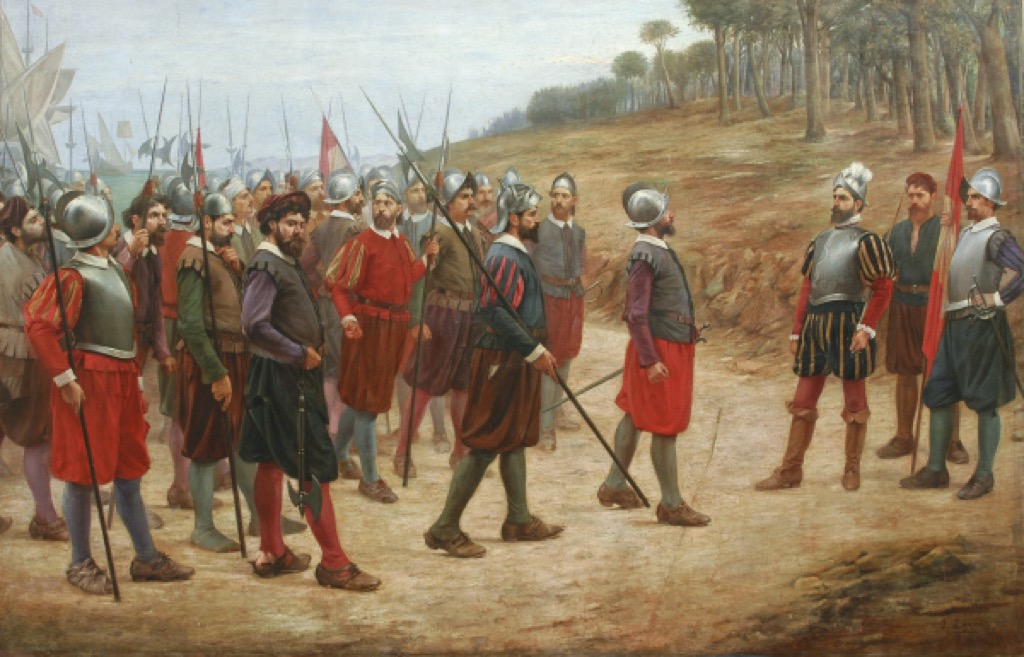
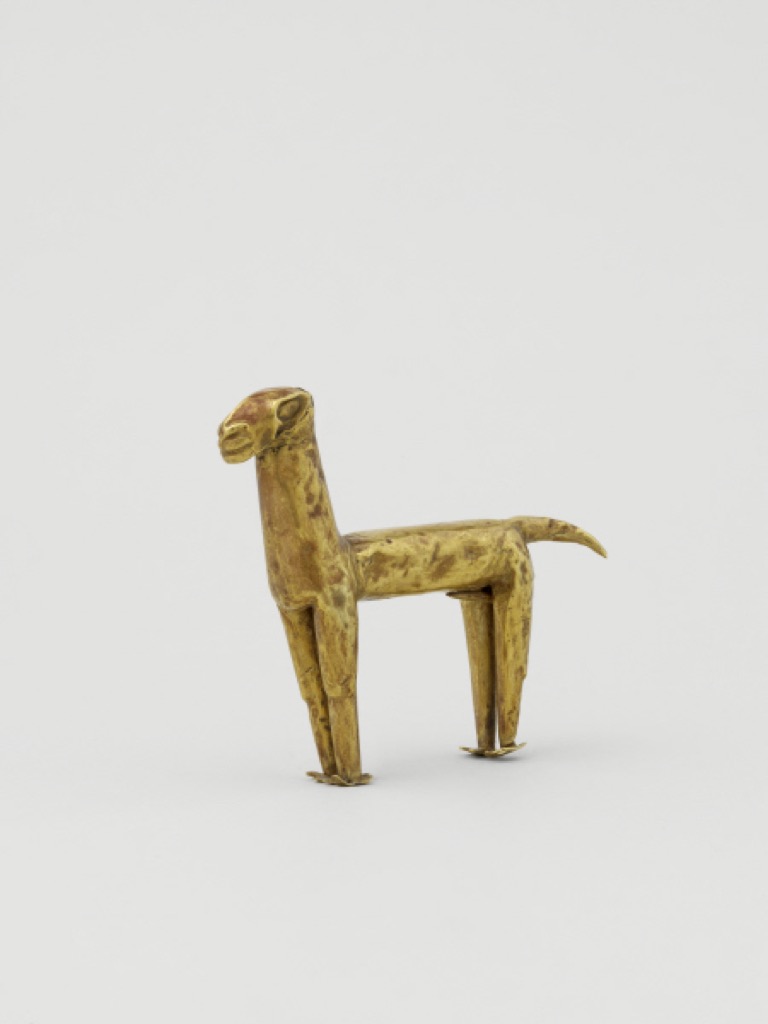
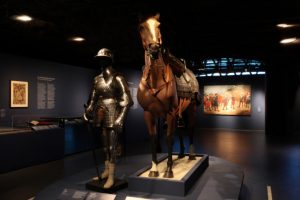
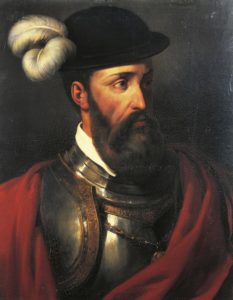
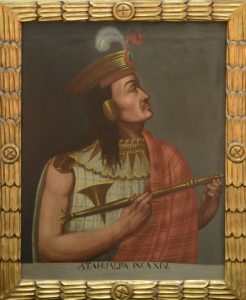
One Comment on “When Pizarro meets Atahualpa”
Quite moving.